63 Square (63스퀘어)
9.0Km 2022-08-03
50, 63-ro, Yeongdeungpo-gu, Seoul-si
+82-2-789-5663
63 Building, le plus haut aux alentours du Fleuve Hangang, est un complexe multi-touristique, avec sa tour d’observation et une variété d’installations pour se divertir. Il est situé tout près du Fleuve Hangang et ses murs en verre dorés qui réflètent, font rougeoyer la région avoisinante dans sa lumière d’or. C’est pour cette raison qu’on l’appelle souvent, la “Tour en Or”.
Ce Bâtiment qui fait 63 étages, a la plus grande tour d’ observation en Corée, et il a également un théâtre IMAX, des restaurants, un centre commercial et un aquarium. La meilleure attraction au 63 Building est probablement sa tour d’ observation. Lorsque vous montez en ascenseur qui est en verre jusqu’à la tour d’observation, vous pouvez voir tous les alentours de la capitale, et les jours clairs, vous pouvez même voir la Mer d’Incheon. Le soir, le Fleuve Hangang, ses ponts très bien éclairés et la circulation des voitures, tout est en harmonie pour créer un panorama spectaculaire. L’aquarium a plus ou moins 400 sortes de vies de mer, 20.000 d’elles au total, qui se font voir dans leurs équipements intérieurs. Depuis les poissons de rivières et de mer, depuis les poissons tropicaux jusqu’aux régions de la jungle ou des régions polaires, toutes sortes de poissons et d’autres créatures de la mer y sont rassemblées.
Le théâtre IMAX a environ la hauteur d’un bâtiment de 6 étages et a des speakers ultra larges et un bon système du son. Il a un programme pour l’interprétation simultanée des langues étrangères pour les visiteurs étrangers. Il y a également des restaurants, un bar, un club santé, un sauna, un bowling, un centre commercial, et divers restaurants de spécialités et autres facilités afin de mettre les touristes plus à l’aise.
63 Buffet Pavilion (63뷔페 파빌리온)
9.0Km 2020-05-07
50, 63-ro, Yeongdeungpo-gu, Seoul
+82-2-789-5731
63 Buffet Pavilion is the largest buffet restaurant in Korea,
seating 500 people. It serves 200 dishes including Korean, Chinese, Japanese, and Western foods, as
well as salads and made-to-order items. The atmosphere is luxurious but comfortable, attracting many customers. This restaurant is well-known among gourmets for its massive spread of delicious
dishes.
All the chefs are winners of international cooking contests, and only fresh ingredients are used for
the dishes. Special events are held throughout the year. In particular, the special
grilled clam cognac flambé event held in May serves fresh clams cooked on site, allowing
diners to savor the taste of the sea.
OKIN PIZZA (옥인피자)
9.0Km 2021-03-19
26, Ogin-gil, Jongno-gu, Seoul
+82-2-737-9944
This is a Western cuisine located in Jongno, Seoul. The best menu at this restaurant is pizza. You can eat delicious pizza at hanok, a Korean traditional house.
Musée de cire 63 (63 왁스뮤지엄)
9.0Km 2019-03-25
B3 Bâtiment 63, 50, 63-ro, Yeongdeungpo-gu, Seoul-si
+82-2-789-5663
Le musée de cire 63 est une chance de voir de près et en personne votre star favorite et des personnalités du monde (ou au moins des répliques extrêmement réalistes) ! Le musée de cire 63 (B3 de la Ville 63) est le premier musée de cire de célébrités en Corée et c’est un espace de taille modérée avec 70 personnalités catégorisées en 11 sections.
Sur le Mur de la Gloire, les visiteurs peuvent rencontrer les anciens leaders coréens comme Gimgu, Park Jeong Hee et Kim Dae Jung. Les statues de cire de Einstein, Gandhi et Beethoven peuvent être vues dans la section des personnalités historiques et les visiteurs peuvent rencontrer David Beckham et Tiger Woods dans la section des stars du sport. Le musée offre également une unique section comme la Gallerie de la peur, une zone d’animation et bien plus.
Walking On The Cloud (워킹온더클라우드)
9.0Km 2020-02-07
50, 63-ro, Yeongdeungpo-gu, Seoul
+82-2-789-5904
Walking on the Cloud presents a wonderful view from atop a skyscraper, offers numerous culinary delights. The European restaurant offers delicious meals within a European garden atmosphere. The resturant also hold extra-large wine cellar with over 300 types of wine from around the world to choose from.
Cheonggyesan Gondeurejip (청계산곤드레집)
9.0Km 2021-03-19
1, Cheongnyongmaeul, 1-gil, Seocho-gu, Seoul
+82-2-574-4542
This is a Korean cuisine located in Cheonggyesan Mountain, Seoul. A restaurant specializing in bibimbap. The best menu at this restaurant is thistle rice.
Marionnettes (마리오네트)
9.0Km 2016-09-05
50, 63-ro, Yeongdeungpo-gu, Seoul-si
• Centre d'appels 1330 : +82-2-1330 (coréen, anglais, japonais, chinois) • Pour obtenir plus d'info : +82-1661-1063 +82-2-789-5663~6
“Marionnettes" est un spectacle de break dance créé par Expression Crew, une équipe de B-boys coréens reconnus dans le monde entier pour leurs talents de danseurs d’avant-garde. Le spectacle raconte une histoire d’amour émouvante entre une marionnette et une fille qui porte un chapeau rouge. Le spectacle présente en même temps deux arts très différents, le break dancing et le théâtre de marionnettes, grâce aux mouvements et aux gestes envoûtants de l’équipe Expression Crew qui en fait un spectacle musical b-boy. La représentation à couper le souffle des mouvements de danse aussi puissants qu’émouvants, combinés à une musique exhaltante met en scène une histoire d’amour, de rêve, de conflits, de pardon, de frustration et de challenge.
Lee Woo-sung, le leader d’Expression Crew, présente à travers ce spectacle toutes ses expériences de curiosité, de conflits, d’adversité, de douleur et d’amour qu’il a acquises dans sa vie de danseur, ainsi que le pouvoir du défi et de la création. « Marionnettes » a donné son spectacle inaugural dans la rue Daehangno en septembre 2006, et on peut le voir en ce moment au 63 Art Hall à Yeouido, dans une version améliorée.
Food & Culture Academy (푸드앤컬쳐 아카데미)
9.0Km 2018-03-29
116, Pirundae-ro, Jongno-gu, Seoul
Food & Culture Korea propose des cours de cuisine coréenne et des programmes d’activités culturelles culinaires pour les visiteurs étrangers depuis 2002. Les cours se font en anglais et en japonais. Les participants apprennent à confectionner de nombreux plats coréens, parmi lesquels le kimchi, le bulgogi, le tteokbokki ou le bibimbap d’une manière systématique, simple et amusante.
Garden5 (가든 파이브)
9.1Km 2020-08-05
66, Chungmin-ro, Songpa-gu, Seoul-si
+82-2-2157-0100
Garden5 est à la fois un gigantesque centre de shopping et un centre multiculturel. Il est possible d’y faire du shopping, de se relaxer et de profiter des évènements culturels et de l’amusement proposé par le centre. Une grande variété de boutiques proposent des articles de mode, articles de maison, biens et équipements électroniques, outils et bien plus. Les producteurs, grossistes et revendeurs se rejoignent tous à Garden5, faisant du lieu une parfaite destination pour un moment de shopping. Garden5 jouit d’un potentiel de croissance important et le centre pourrait bien se transformer prochainement en un district culturel futuristique pouvant s’attirer les faveurs du monde entier.
9ounce Burger (나인온스버거)
9.1Km 2021-03-26
109, Gwanak-ro 12-gil, Gwanak-gu, Seoul
+82-70-8692-9020
It is a restaurant serving authentic American homemade burger. This restaurant's signature menu is house-made burger. This Western dishes restaurant is located in Gwanak-gu, Seoul.
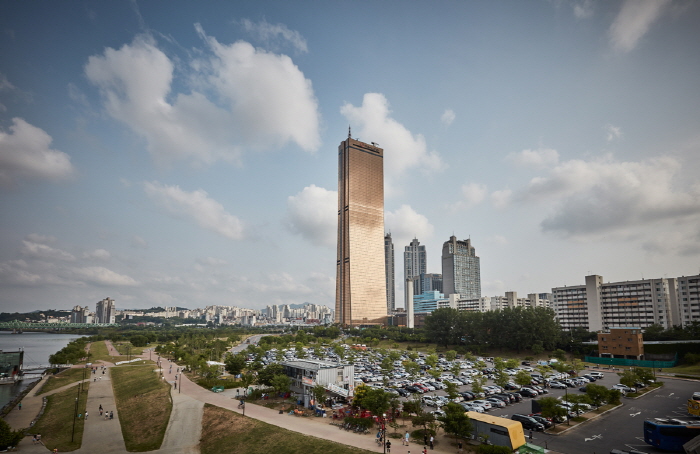

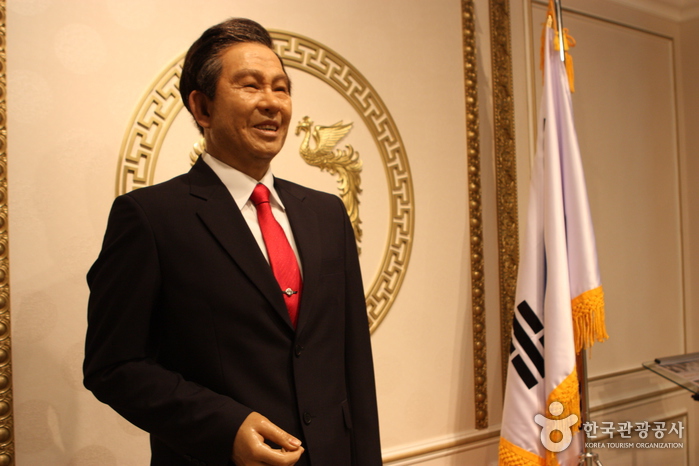
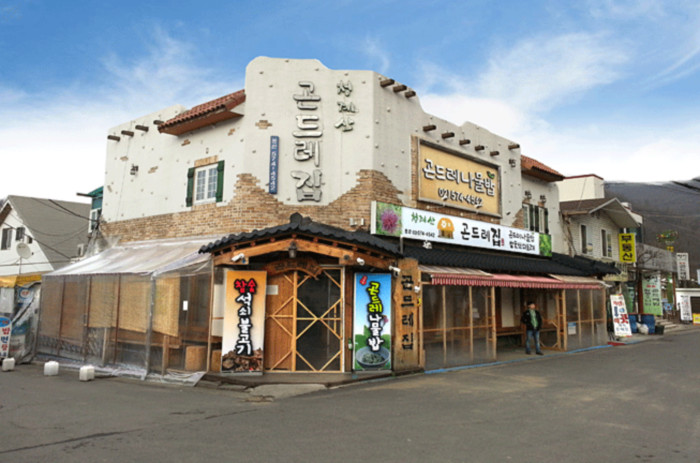
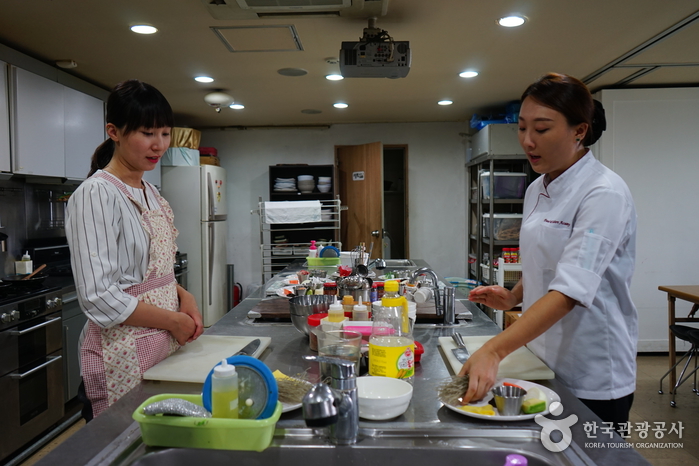
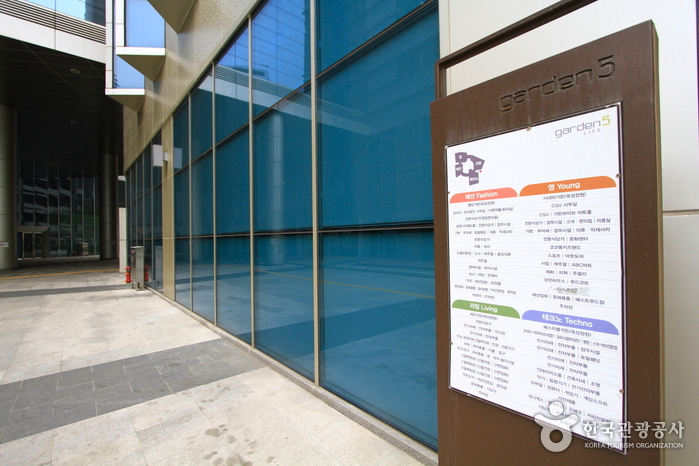
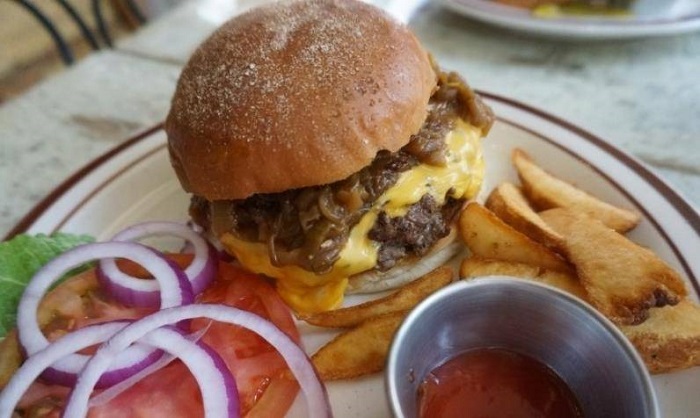
 Français
Français
 한국어
한국어 English
English 日本語
日本語 中文(简体)
中文(简体) Deutsch
Deutsch Español
Español Русский
Русский